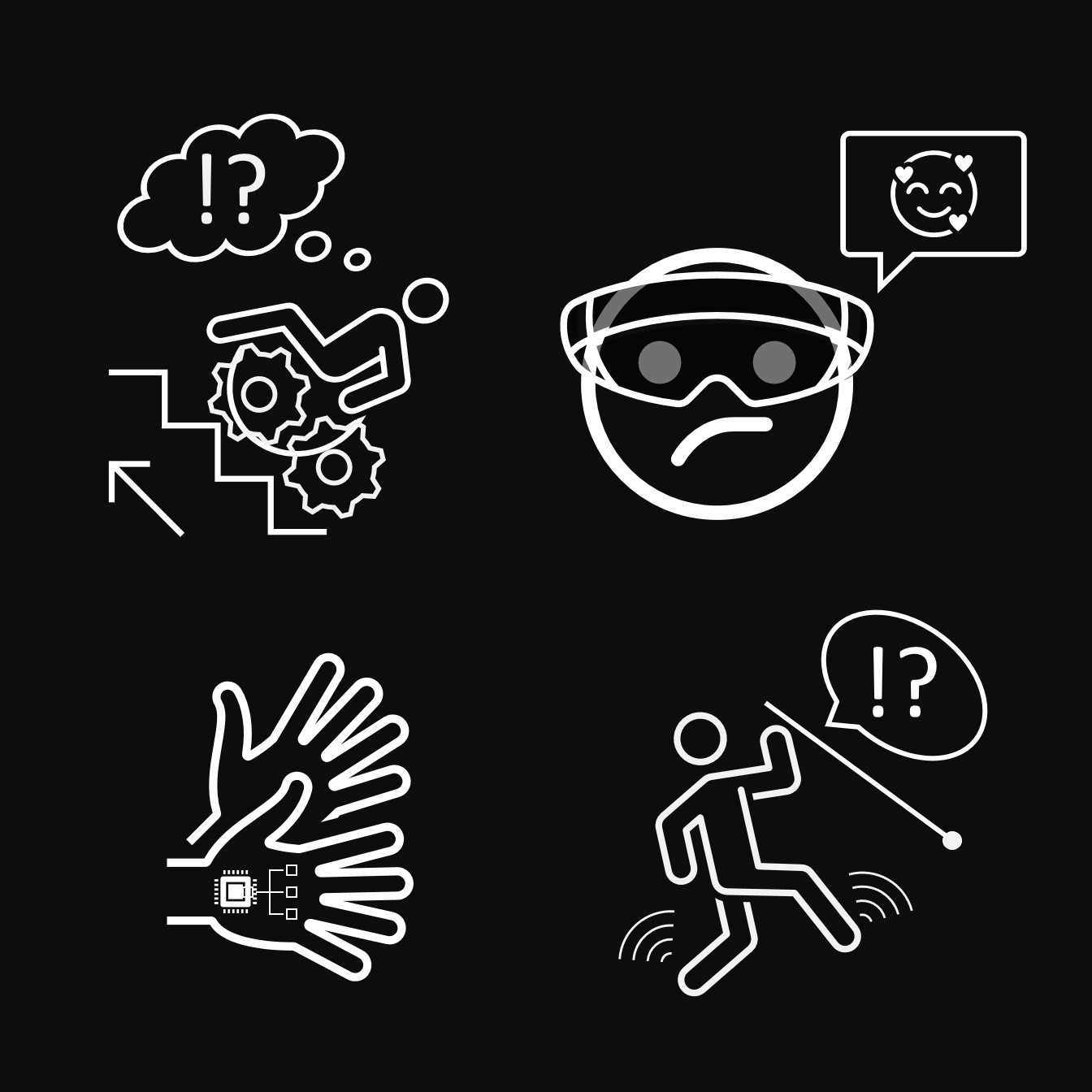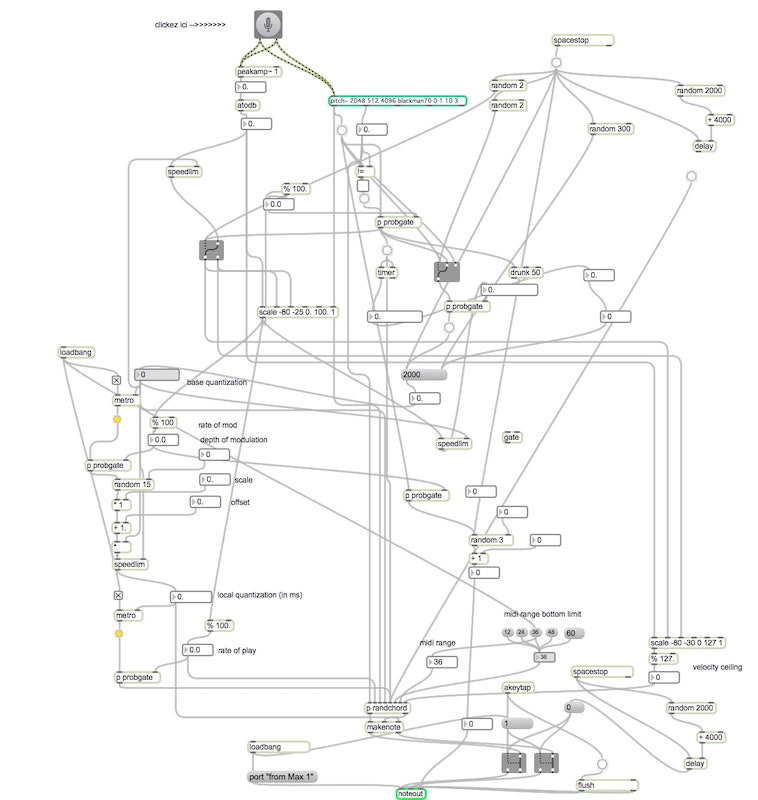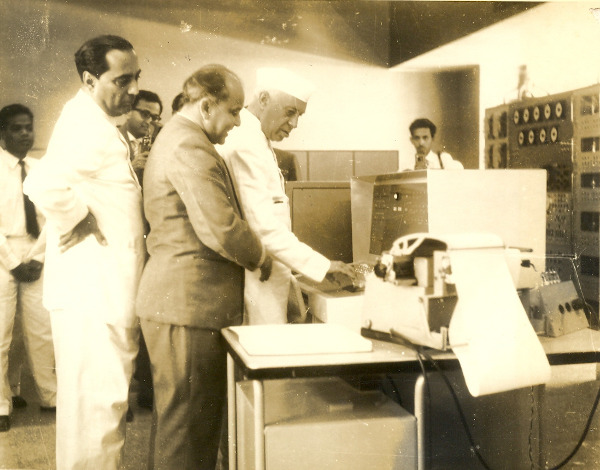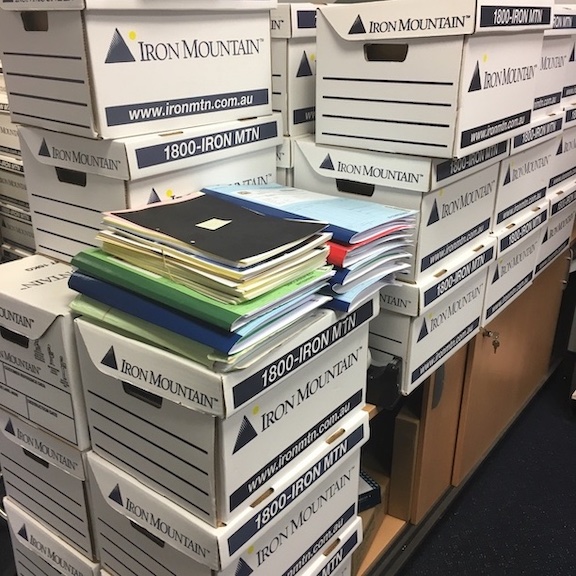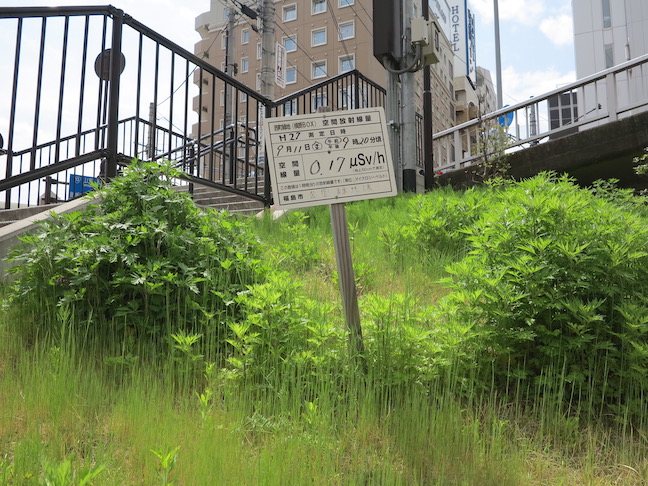How do we account for the agency of trees in our anthropocentric worlds? By what methods, representations, and relations of care can these sentient beings claim existence as more than data entry points and statistical figures? In this post, I turn our attention to the problem of the taken-for-granted responsibility of trees as a panacea for climate change and propose instead a practice of “thinking-with” and “becoming-with” trees (Haraway 2016). I focus on the ecological and ethical complexity of transposing tree ecologies as it overlooks questions of justice and climatic futures through the Miyawaki urban forests in Pakistani cities. Attention to “braided knowledge” (Kimmerer 2013) manifests not just in how trees are cared for in gardens and arboretums, but also in how urban forests are planned to make a city more inclusive, aesthetically pleasing, and healthier. Inspired by Haraway’s (2016, 34) insistence to take “response-ability” as “collective knowing and doing, an ecology of practices,” I invite us to “think-with” trees as markers of belonging, emotion, and wisdom for not only times past but for futures to come. (read more...)
